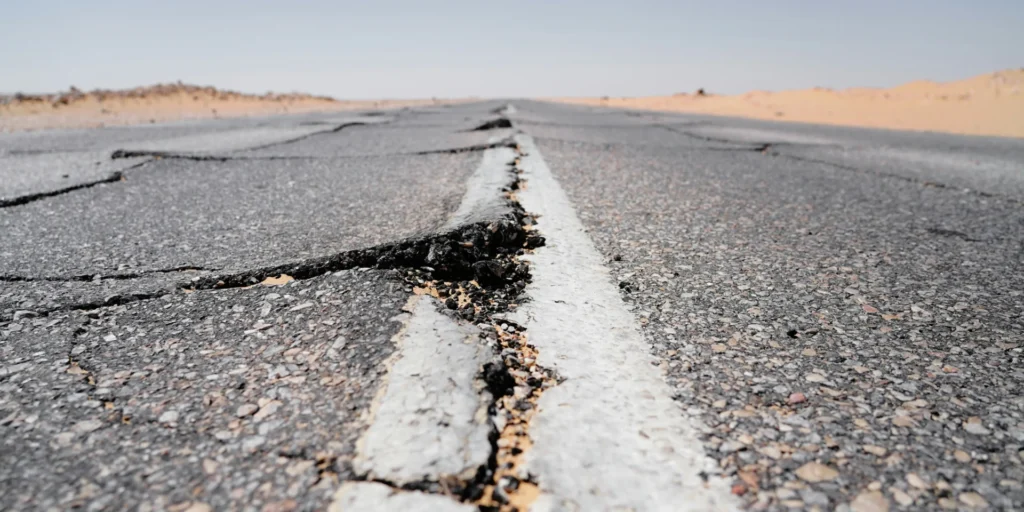Myanmar’s military government has announced a sweeping Nay Pyi Taw’s reconstruction plan following last month’s devastating 7.7 magnitude earthquake. General Min Aung Hlaing blamed soft soil during a high-level meeting for the collapse of many government buildings.
Engineers conduct soil tests before rebuilding, which begins with plans to reconstruct earthquake-resistant offices across the capital. The earthquake struck on March 28th and killed more than 3,500 people, injuring over 5000 others.
The tremors were so powerful that they were felt in neighboring Thailand and parts of southwest China. Officials reported that nearly 70% of government buildings in Nay Pyi Taw, including the Ministry of Labour and the Court of the Union, suffered major damage.
Cracked roads and collapsed infrastructure now mark the capital-wide boulevards. Some departments have relocated from Nay Pyi Taw to Yangon, Myanmar’s former capital, loathed about 366 km to the South.
Others operate from temporary steel frame structures known as hotai within the city. The Ministry of Foreign Affairs and the Ministry of Tourism are among those that have moved to Yangon.
Staff are also removing vital documents, technical equipment, and irreplaceable items from damaged buildings. National Museum employees’ social media accounts confirm that workers have rescued ancient manuscripts and thousands of books.
Staff are racing to preserve historical literature and digital archives before further structural failures occur. Although officials declared a 20-day ceasefire to support relief efforts, fighting reportedly continues in some rebel-controlled regions.
Nay Pyi Taw, created in 2005 as a planned capital, was once seen as a symbol of military power with its oversized roads and empty luxury hotels. Today, many roads lead to rubble as reconstruction efforts continue amid political instability and ongoing conflict.









